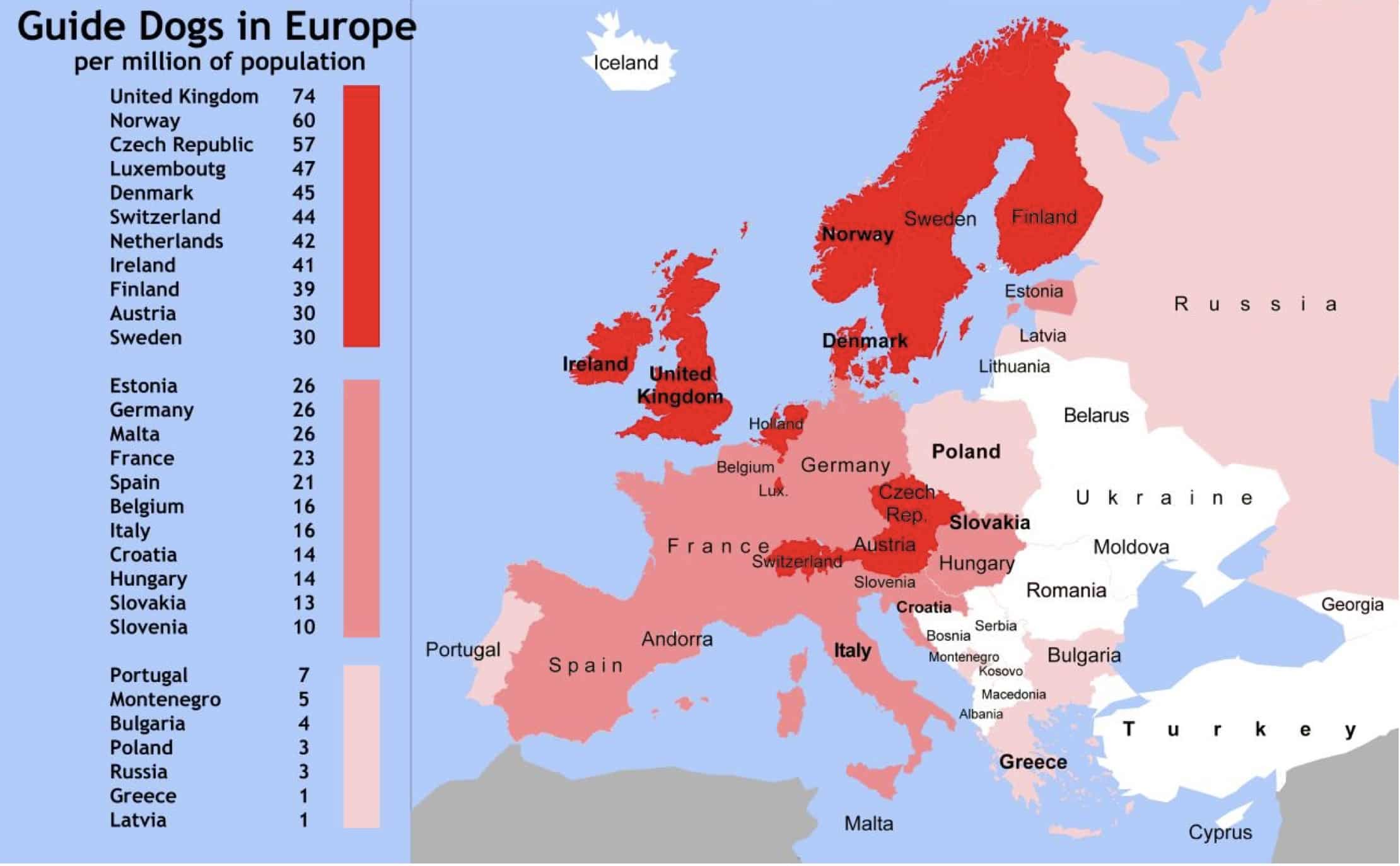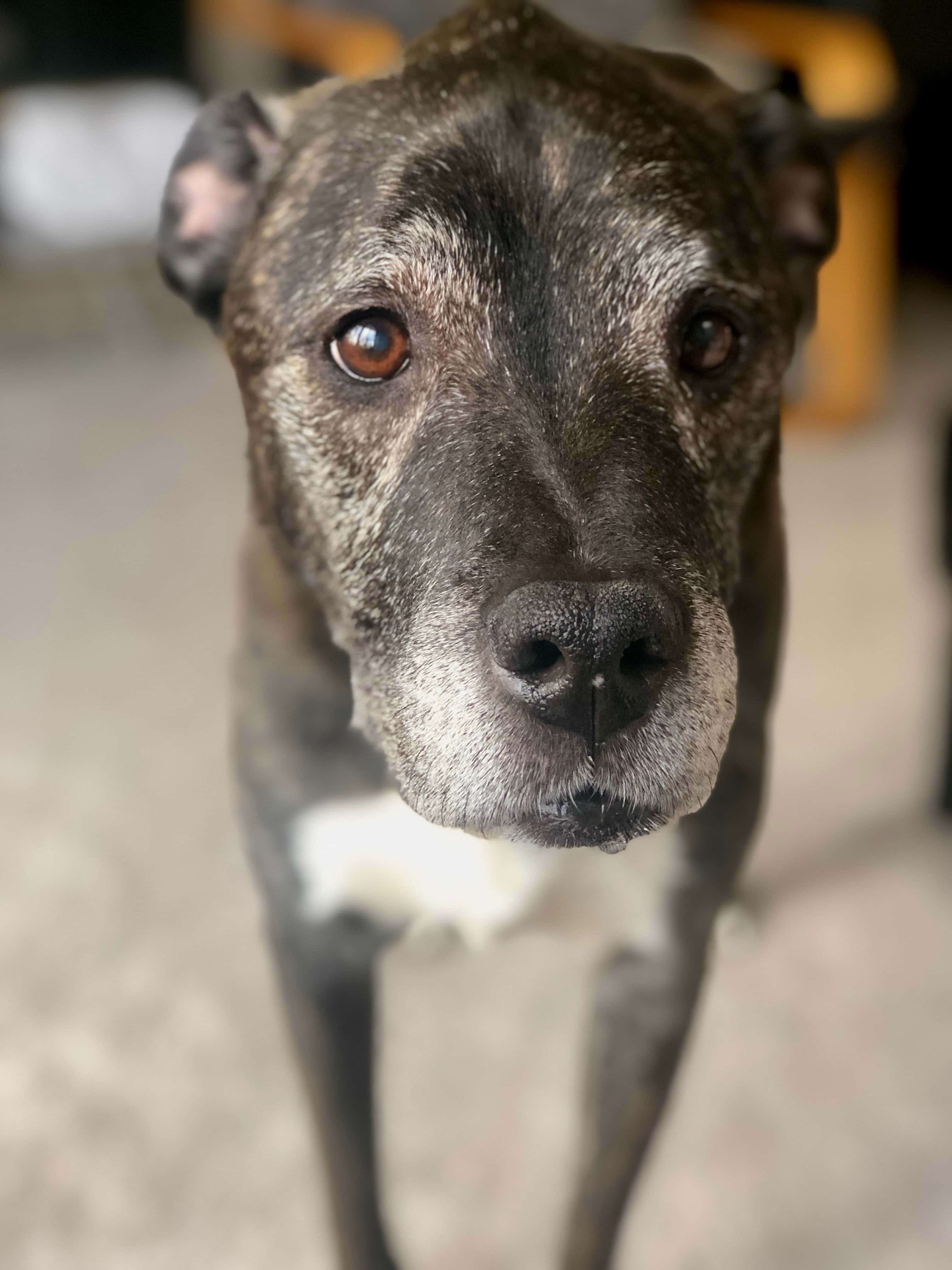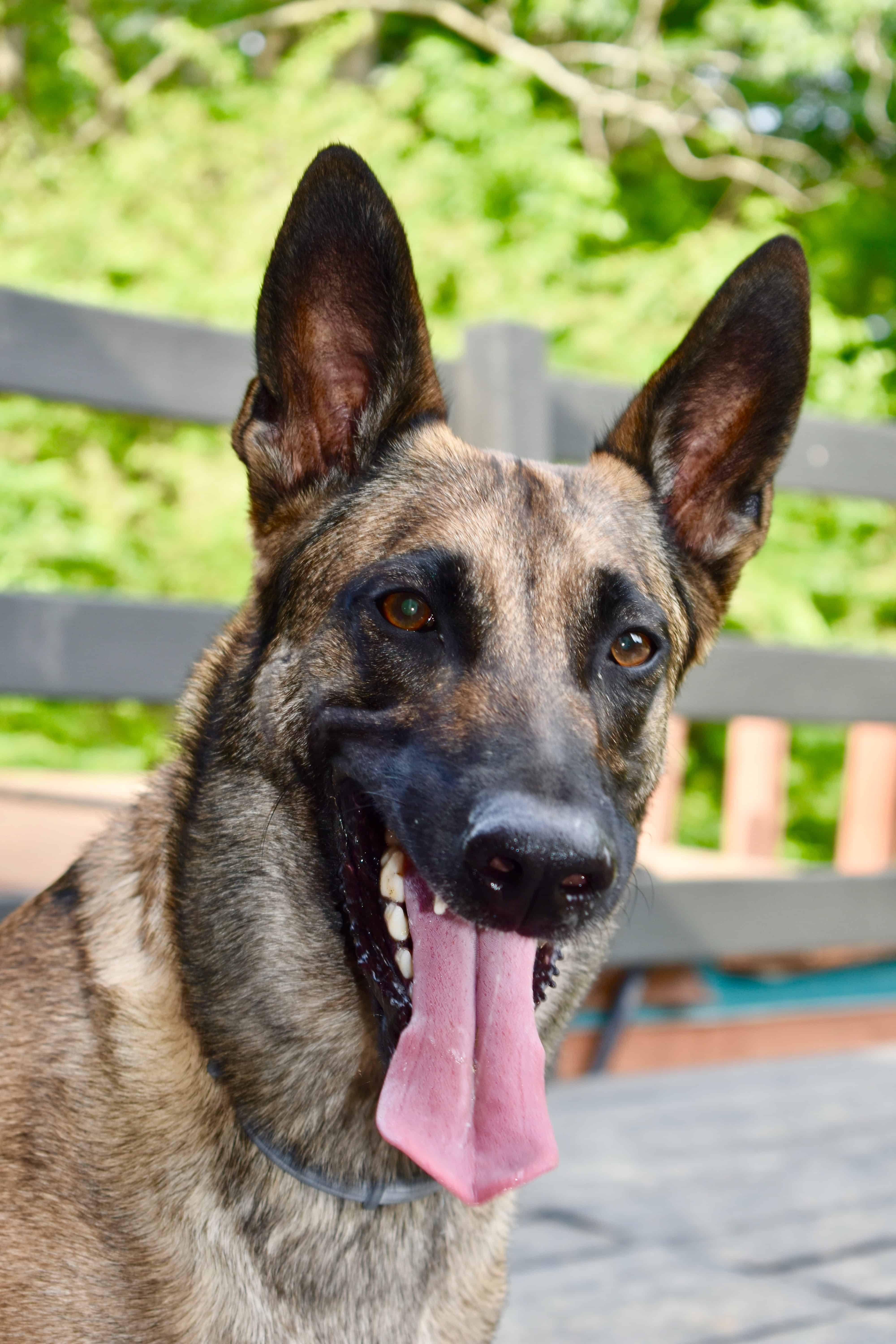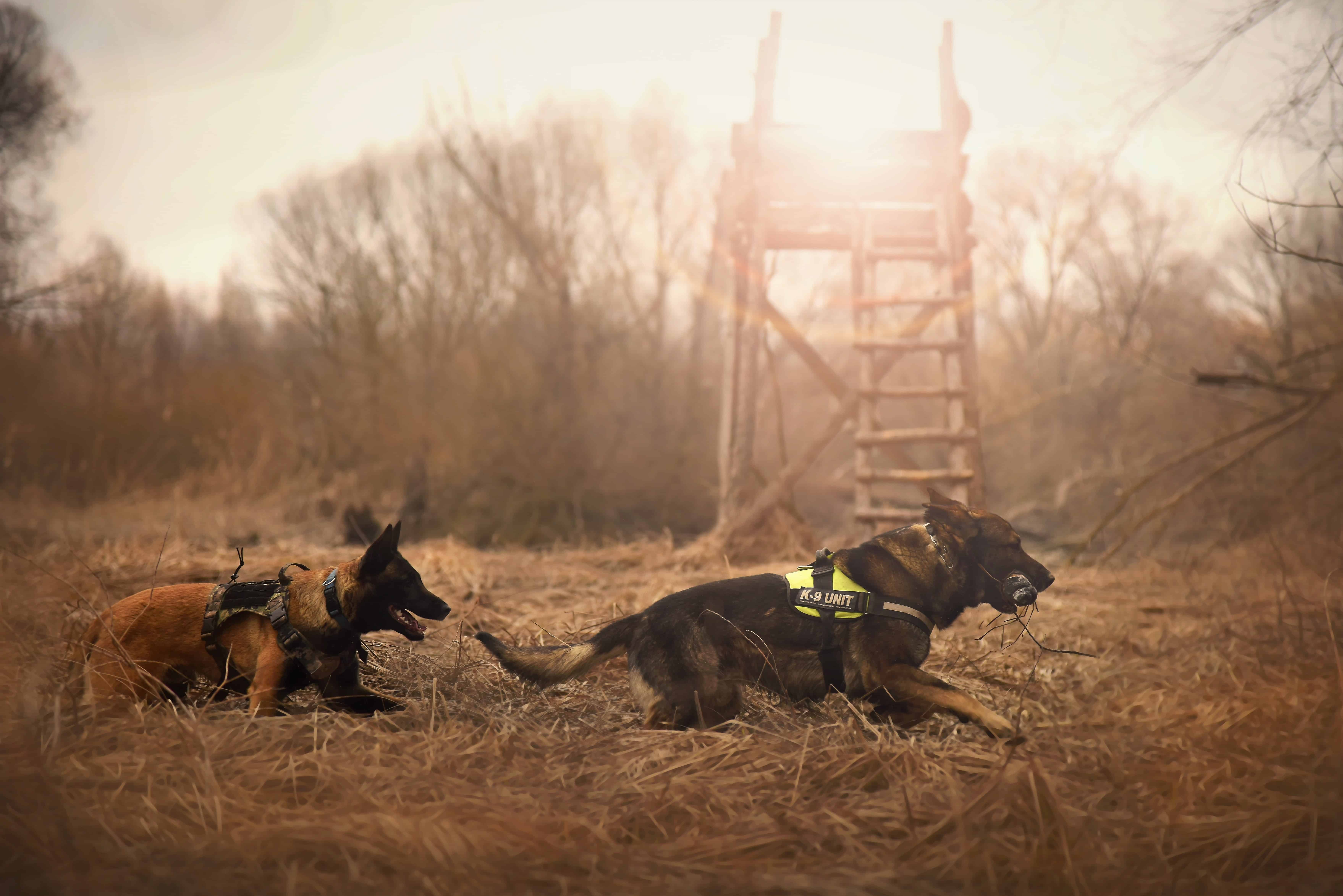
Service dogs
The dog must be equipped with an ISO microchip. ISO microchips are international standard chips, and while most nations utilize exclusively ISO chips, the United States does not. ISO chips are identified by a fifteen-digit chip number.
If your dog has a ten-digit chip number (often from a HomeAgain, Digital Angel, or FriendChip chip), he or she will need to be chipped again with an ISO chip. Traveling with a scanner that can read your dog's chip is an alternative to chipping your dog again.
Your dog must have a recent rabies vaccine that was administered at least four months before departure for the EU. Furthermore, your dog requires a rabies titer test (An antibody titer test determines the concentration of a certain kind of antibody in the bloodstream.
Antibodies are proteins that the immune system produces to counteract infections such as viruses and bacteria.Detecting particular antibodies can assist establish whether the person or the animal has been immunized against or has previously been infected with a virus.
It can also be used to assess how effectively your defense system is functioning ) with findings related to rabies immunity that was performed at least six months previous to the date of admission into the EU.
Other standard immunizations (vaccine), including DHPP (The DHPP vaccination, often known as the 5-in-1 vaccine, protects dogs from five extremely infectious viral infections that can cause serious sickness and even death: distemper, canine adenovirus-1 (CAV-1), canine adenovirus-2 (CAV-2), parainfluenza, and parvovirus), must be current on your dog.
You must have your veterinarian complete the necessary European Health Certificate and other health certificates. If you obtained your certificate in the United States, it must be stamped with an authentic USDA stamp.
Your dog must be tapeworm-treated no more than ten days before entering the EU (also for ticks, fleas, and other types of worms).
You may or may not require ADI-program-issued identification depending on where you enter the EU. Several European Union nations only accept ADI graduates as service dogs.
People who did not receive a dog from an ADI program can obtain an ADI certification by testing with some ADI programs. You'll most likely have to contact numerous organizations before you discover one that will assist you in obtaining ADI qualifications.
ADI-Assistance Dogs International, Inc. (ADI) is a global non-profit alliance that trains and places Assistance Dogs. ADI was founded in 1986 as a consortium of seven modest programs and has since grown to become the main authority in the Assistance Dog domain.
The classification of service dog does not exclude you from the pet admission criteria. You must fulfill all standards (vaccinations, microchip, titer health test, papers) or your companion may face customs complications or quarantine.
If you want to travel frequently inside the EU, you should consider going through the year-long process of obtaining a European Pet Passport. These documents may make traveling considerably easier.
Some nations might not provide public access rights to guide or service dogs, while others only grant public access rights to guide dogs.
Some countries also need certain equipment or identification for public access rights. It's a good idea to keep a formal document in the language of the nation you're visiting outlining what your partner does for you and why you need them on hand, so you can show it to companies or officials if they ask.
Always make sure your companion is well-groomed, presentable, and dressed in clearly identifiable gear.
In Europe, exuberant dog behavior is discouraged, therefore it's critical that you constantly maintain control of your partner and that your companion stays quiet, calm, and in work mode when out in public.
It is illegal for service providers to discriminate against people with disabilities, including those who use Service Dogs.
According to the new rule, service providers must make reasonable adaptations to their facilities to make them accessible to persons with disabilities. This law also concerns providing the individual with additional assistance as necessary (for example guiding to a table or finding the washroom).Service Dogs and their handlers are permitted to enter all public locations in Europe, including restaurants, hotels, public transportation, banks, theaters, bars, and libraries.
Many UK firms have received accreditation from Assistance Dog International or the International Guide Dog Federation. Both of these non-profit organizations are devoted to assisting people with disabilities in obtaining the rights they deserve and assisting businesses in becoming Service Dog-friendly.Acclimating your service dog while going from a cold to a warm climate is important: shaving or trimming his coat, brushing his coat often, to combat dehydration, mix electrolytes into his drink (only provided by the veterinary), place little pocket freezer packs in the dog vest to keep your service dog from becoming overheated, wear paw booties to protect the dog's feet.
- Acclimating your service dog while going from a warm to a cold climate is also important: use insulated dog vests or jackets, brush his/her fur to keep it in optimal condition, and use paw booties to protect his/her feet.
Carry a pet first aid kit as well as any other supplies for your service dog.
Take a pet first aid course or see your veterinarian for the fundamentals. Even if you are unable to do the first aid activity yourself, you may be able to tell someone else to do so.Locate a veterinarian near your destination. It could also be a good idea to send this individual an email introducing yourself. Notifying them that you intend to employ their services in the event of an emergency. Keep this information in a secure yet accessible location.
Set up emergency money if your service dog becomes ill or injured. Bring a muzzle or a head halter. This equipment may be required in some areas. Make sure your dog has been introduced to these and is familiar with them.
Have a backup strategy in place in case your service dog is unable to help you.While traveling with a service dog to Europe (or any place), you must research ahead of time. To minimize delays, notify the airlines (before your trip date) that you need to be accompanied by a service dog.
Check that your dog has received appropriate rabies, wellness check, and parasite treatments for any animal coming into Europe.
Finally, prepare your dog's food and supplies for any big climatic changes.
Being informed is the greatest way to prevent delays or even being dismissed from your destination.
Reference
https://udservices.org/blog/types-of-service-dogs/
https://www.egdfed.org/news-information/reports/research-into-number-of-guide-dogs-in-europe/
https://www.testing.com/tests/antibody-titer-test/
https://www.dailypaws.com/dogs-puppies/health-care/dog-preventative-care/dhpp-vaccine
https://assistancedogsinternational.org/
https://www.servicedogtrainingschool.org/service-dog-legalities
https://www.servicedogcertifications.org/guide-for-traveling-with-a-service-dog-in-europe/
https://www.akc.org/expert-advice/training/service-dog-training-101/












